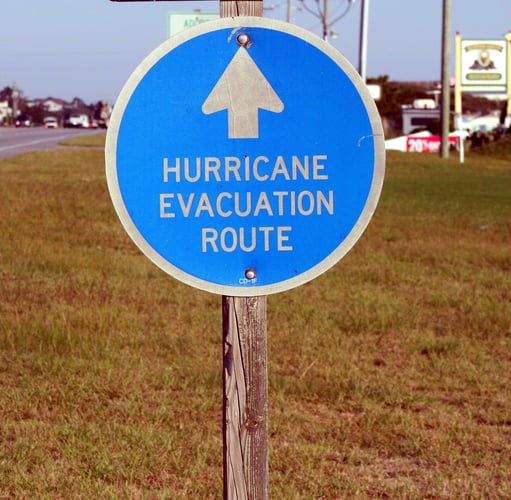
Hospitals are not immune to natural disasters. Ochsner Medical Center in Baton Rouge transferred more than 40 patients to other facilities due to the recent flooding in Louisiana. Similarly, a tornado in Joplin, Missouri in 2011 left injured residents with limited medical resources when the twister destroyed the city’s hospital. So what do hospitals do to prepare?
The Joint Commission requires hospitals to have disaster plans in place to outline procedures in the event of a natural or man-made disaster. Just like an elementary school fire drill, these plans must be practiced so that each person knows his or her responsibilities in a time of crisis. However, proper preparedness also extends beyond training drills.
The Huffington Post covers Five Ways Hospitals Prepare for Natural Disasters. One of the ways was by rethinking the design of the hospital based on the types of natural disasters typical to the area. For instance, one hospital in an area prone to flooding put its emergency room, generators, and kitchens toward the top of the facility so they would remain operational even with rising flood waters.
Becker’s Hospital Review’s Natural Disaster Preparation 101 also stresses the importance of building relationships with the staff, with the community, and with other hospitals long before disaster strikes. Hospital staff will be working long hours during and immediately after any disaster, so it is important to let the staff know just how much their expertise is valued. If patients need to be evacuated, the hospital must then rely on its relationships with other hospitals both nearby and far away to accommodate their patients.
How does your healthcare facility or hospital prepare for a natural disaster? Let us know in the comments.


